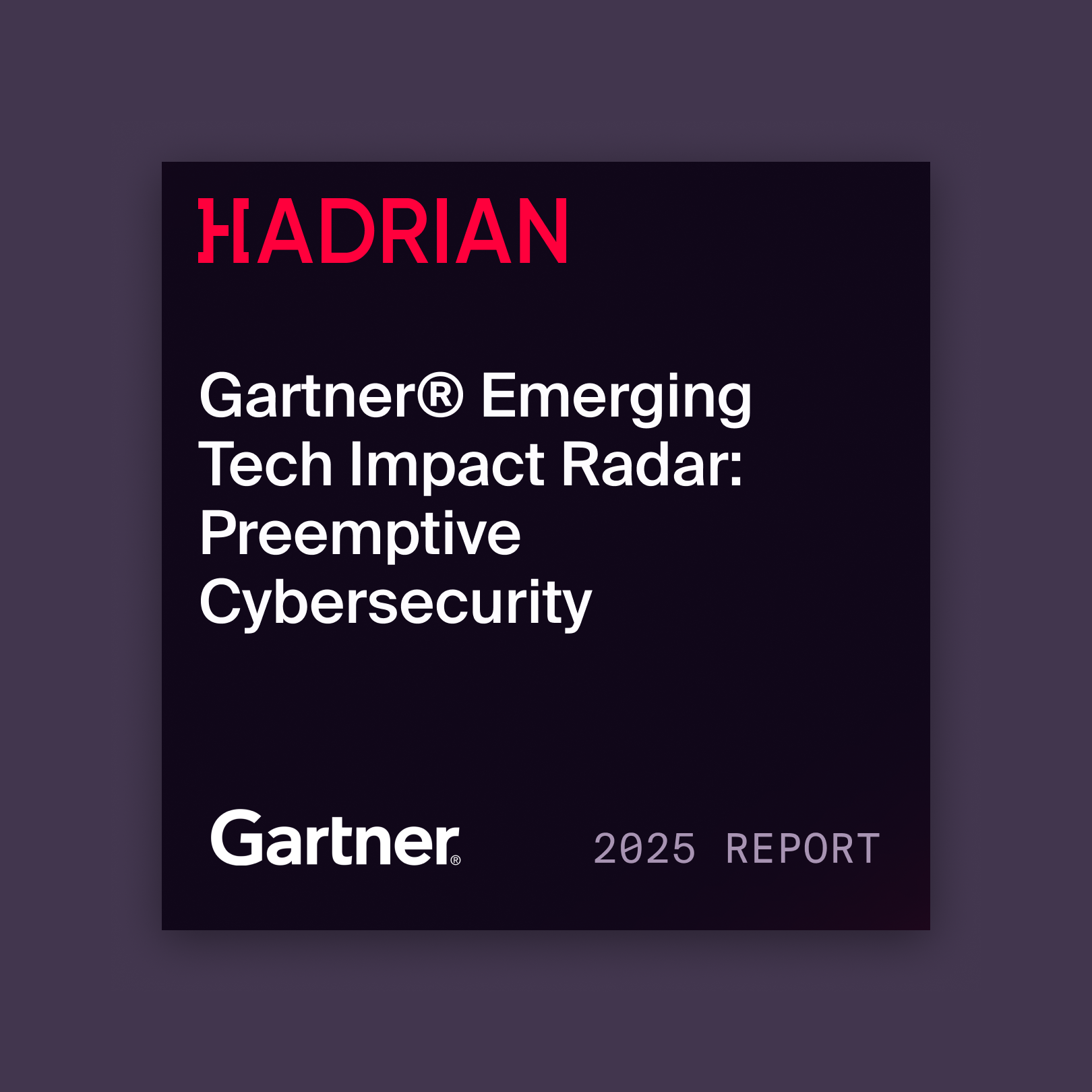
In the evolving landscape of software development, methodologies like DevSecOps and Waterfall present distinct paths with their principles and outcomes, especially when viewed through security.
Waterfall Development: Sequential and Defined
Waterfall, one of the earliest Software Development Lifecycle (SDLC) methodologies, is characterized by its linear and sequential phases: requirement gathering, system design, implementation, testing, deployment, and maintenance. This structured approach ensures thorough planning and clear documentation at each stage, making it suitable for projects with well-defined outcomes and minimal changes expected.
Security in Waterfall: The security practices within Waterfall are often relegated to the testing phase, which comes later in the development cycle. This delayed security integration can lead to identifying vulnerabilities at a stage when remediation is more complex and costly. Moreover, the compartmentalized nature of Waterfall stages can lead to silos, potentially hindering effective communication and collaboration on security matters between teams.
Comparing the Two from a Security Standpoint
When comparing Waterfall and DevSecOps from a security perspective, several key differences emerge:
- Timing of Security Integration: Waterfall's late-stage security testing contrasts with DevSecOps' ongoing security checks, which begin at the project's inception and continue throughout.
- Flexibility to Change: The rigid structure of Waterfall makes it challenging to incorporate late-stage security changes without significant rework. DevSecOps, with its iterative nature, allows for continual adjustments based on security findings and testing results.
- Collaboration and Communication: Waterfall's sequential phases can create barriers to effective communication between developers and security teams. In contrast, DevSecOps fosters a culture of collaboration where security considerations are part of daily conversations and decision-making processes.
- Response to Emerging Threats: The static nature of Waterfall means that responding to new threats during the development process can be cumbersome and slow. DevSecOps, emphasizing agility and continuous integration/deployment (CI/CD), is better equipped to adapt and respond to emerging threats swiftly.
- Automation and Efficiency: DevSecOps leverages automation for security testing and compliance checks, making it possible to maintain high development speeds without compromising security. Waterfall's manual security processes can be time-consuming and less consistent.
From a security perspective, DevSecOps offers clear advantages over the traditional Waterfall model. Its emphasis on early, continuous, and automated integration of security practices aligns with the dynamic requirements of modern software development, where speed and security are paramount. While Waterfall may still have its place in certain well-defined, less dynamic projects, the shift towards DevSecOps reflects a broader industry trend towards more integrated, agile, and secure software development practices.






